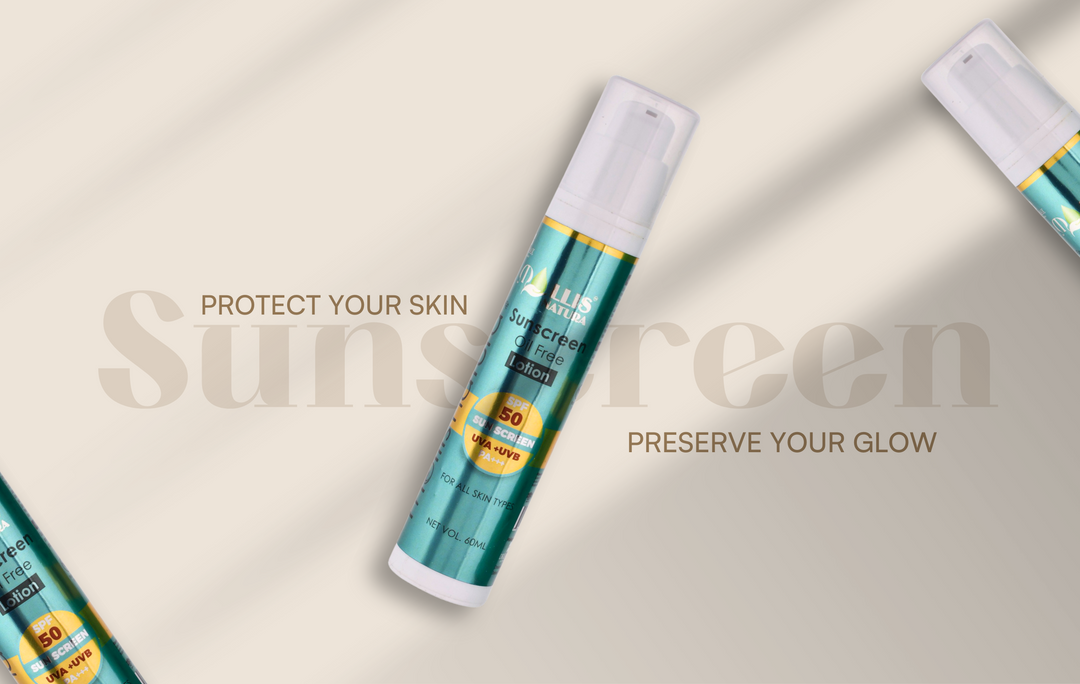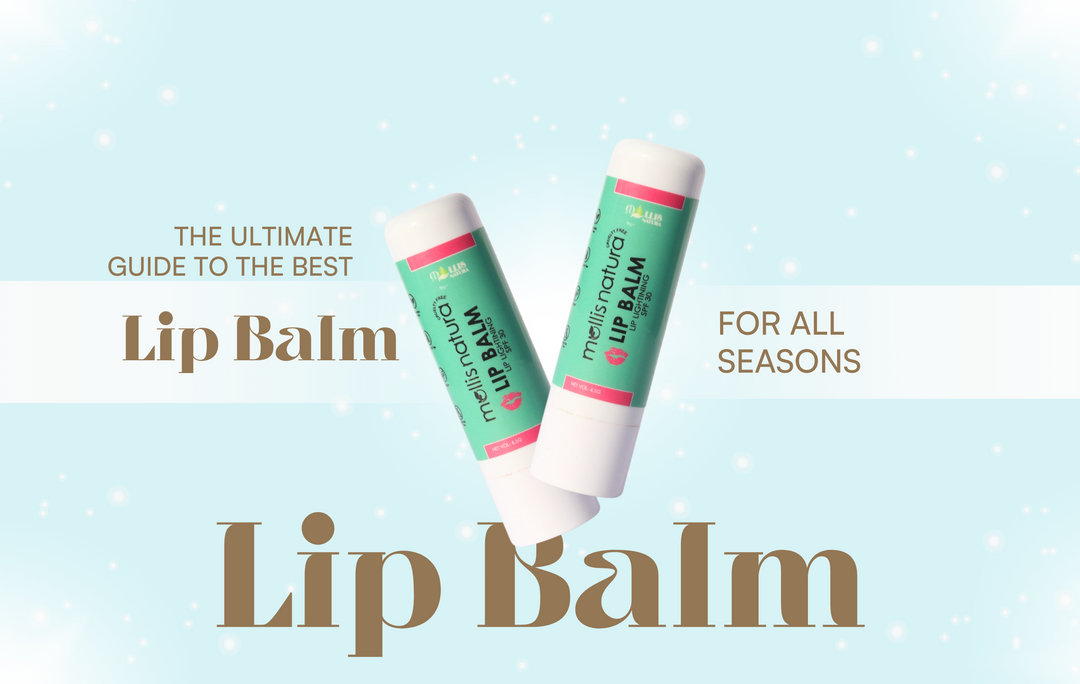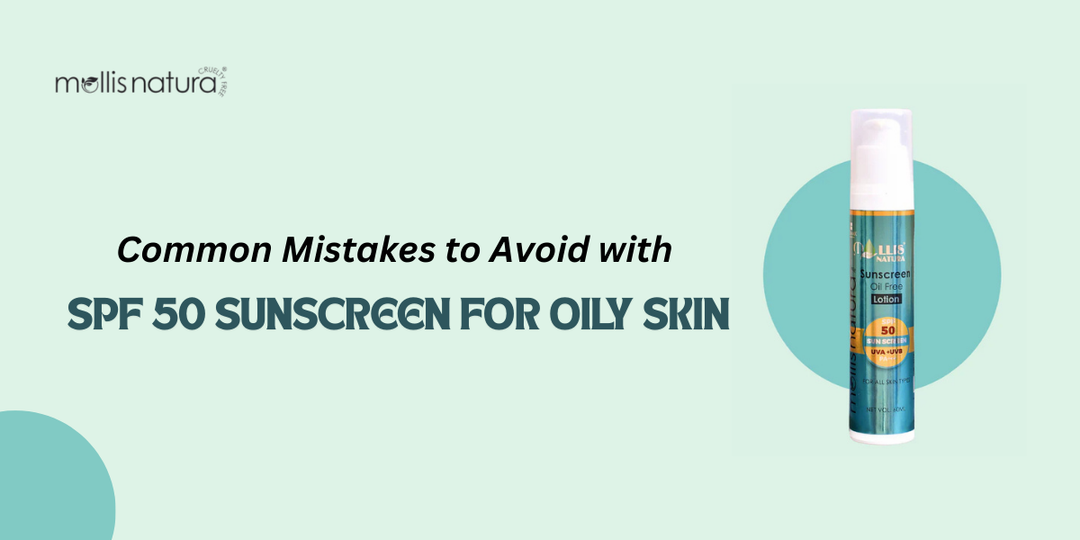8 Common Mistakes to Avoid with SPF 50 Sunscreen for Oily Skin
Choosing the best sun protection might be difficult, particularly if you have oily skin. To protect your face from damaging UV rays without making it greasy, use a high-SPF sunscreen, such as SPF 50 sunscreen for oily skin.
Even the most fabulous SPF 50 Sunscreen can lose some effectiveness due to typical application errors. We'll discuss these mistakes here and show you how to prevent them so your skin remains balanced and protected all day.
Avoid These 8 Mistakes With SPF 50 Sunscreen For Oily Skin
Applying SPF 50 sunscreen correctly is essential for oily skin. This will avoid breakouts and guarantee all-day sun protection. Here are a few things to remember when applying SPF 50 Sunscreen for Oily Skin.
1. Choosing the Wrong Formula
There are differences among SPF 50 sunscreens, particularly in skin type. Oil-free, non-comedogenic (meaning they don't clog pores), and specially formulated for oily or acne-prone skin are the best options for people with oily skin.
If you use thick, creamy sunscreens, your skin will look shiny and be more prone to breakouts because they might feel heavy and stimulate oil production. Instead, search for water-based or gel-based sunscreens that are lightweight and offer high SPF protection without making you feel oily.
A matte-finish sunscreen is also an excellent choice to help control shine throughout the day.
2. Not Using Enough Product
One of the most frequent blunders people make is using insufficient sunscreen. According to the American Academy of Dermatology, you should only apply a quarter-sized amount to your face.
Sunscreen for Oily Skin SPF 50 must be applied generously enough to cover all exposed areas in an even layer. Applying too little can drastically lower the amount of sun protection, increasing the risk of sunburn and long-term skin damage.
3. Skipping Sunscreen on Cloudy Days
A common misconception is that sunscreen is unnecessary on cloudy days since UV rays can still pass through clouds. UVA and UVB radiation can still harm oily skin, so use your SPF 50 sunscreen daily, regardless of the weather.
Many people with oily skin may believe that if it's not sunny, they may avoid wearing sunscreen, but doing so might result in sunspots, premature ageing, and increased skin sensitivity.
4. Applying Sunscreen Right Before Sun Exposure
Although applying sunscreen right before going outside may seem sensible, SPF takes time to penetrate your skin and create a protection barrier. To guarantee that your skin receives the full benefits of SPF 50 protection, apply it at least 15 to 20 minutes before you go outside.
Read Also: Selecting the Perfect Sunscreen for Oily Skin
5. Forgetting to Reapply Throughout the Day
A single application is not possible for all-day protection. Maintaining sun protection requires applying it every two hours or immediately after swimming or sweating.
People with oily skin frequently forget to reapply sunscreen because they are concerned about adding more shine. However, quick wipes with a tissue or blotting paper can help remove additional oil before reapplying. Additionally, certain sunscreens are available in powder form, which can help minimise shine while reapplying SPF 50 sunscreen cream.
6. Relying on Makeup Products with SPF
Some people believe their SPF-containing BB cream or foundation is sufficient for skin protection. Nevertheless, these creams typically don't offer as much protection as sunscreen, with an SPF of 50 specifically designed for oily skin. Before putting on makeup, sunscreen should be the last product in your skincare routine.
Even if you use SPF makeup, always apply a separate layer of sunscreen to ensure adequate protection.
7. Not Cleaning Your Skin Properly After Use
Water-resistant sunscreens, particularly those with higher SPF ratings, are more difficult to remove. Due to improper skin cleaning, people with oily skin are at risk for breakouts and clogged pores. Use a mild cleanser or do a double cleanse in the evening to eliminate all sunscreen residue and prevent this.
8. Using Sunscreen Only on the Face
Sunscreen is necessary for every exposed skin area. Although many individuals concentrate on applying makeup to the face, the hands, neck, and ears are all exposed to UV rays. Consider these places when applying sunscreen because they are equally exposed to solar damage and early ageing.
Wrap Up
It's a good idea to use SPF 50 sunscreen for oily skin to prevent UV damage to oily skin without worsening it. By avoiding these frequent blunders, you can maintain your skin's fresh, glowing appearance and get the most out of your sunscreen.
Use the right amount, reapply frequently, and choose a formula appropriate for your skin type. For individuals looking to improve their sun protection regimen, Mollis Natura provides a selection of SPF 50 products ideal for oily skin.
Your skin will remain balanced and healthy if you effectively include sunscreen for oily skin SPF 50 into your daily skincare routine.
FAQs
1. Is SPF 50 sunscreen good for oily skin?
Ans. SPF 50 sunscreen can be good for oily skin, especially if it’s oil-free and non-comedogenic.
2. How to avoid an oily face after applying sunscreen?
Ans. Use a mattifying sunscreen, apply a light powder afterwards, or choose gel-based formulas to reduce excess shine.
3. How do you know if sunscreen is not suitable?
Ans. If your skin becomes irritated, breaks out, or feels excessively greasy after application, the sunscreen may not be suitable.
4. Can I skip moisturiser and use sunscreen for oily skin?
Ans. You can skip moisturiser if the sunscreen is hydrating enough; choose a lightweight, non-greasy formula for oily skin.
5. How much SPF is needed for oily skin?
Ans. For oily skin, a minimum of SPF 30 is recommended; SPF 50 offers extra protection, especially for prolonged sun exposure.
6. What is the correct way to apply sunscreen?
Ans. Apply sunscreen generously on clean skin 15 minutes before sun exposure, and reapply every two hours or after swimming.Stay connected and get the latest updates- follow us on Instagram!


